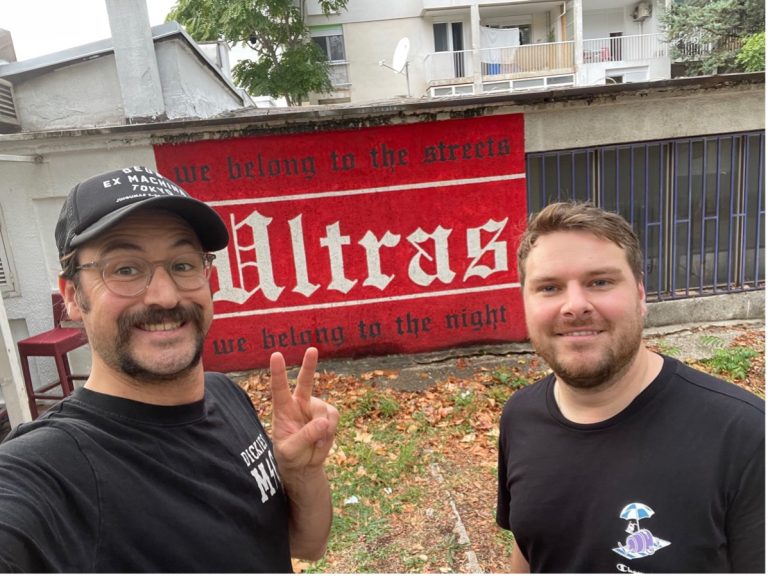

STEFFEN ARMSTRONG
on knowing your audience and the benefits of targeting a small group of hardcore fanatics
“We’re all Croats here”, a Bosnian man tells me from behind the glare of a flare. Moments earlier one of his comrades swiped my phone down from the crowd. “Do not take pictures of ultras, they don’t like being identified”.
The irony.
This year, I travelled across the Balkans to Bosnia & Herzegovina. It’s an ethnic melting pot where you navigate the fine line between identity and offence. For example, the term Bosnian relates to a geographical notion, not to a cultural affiliation. Most citizens instead associate with the term Bozniak, Bosnian Serb or Bosnian Croat. Reflecting their Muslim, Orthodox or Catholic background.
Then there’s the region’s ever-changing conquerors and borders. From the Ottoman Empire through to the Socialist Federal Republic of Yugoslavia. Each with their own philosophy on what national identity should be. It’s all very confusing, so you’re forgiven for slipping up, or are you?
I realise the best way to avoid offence is to focus on something any good marketeer worth their salt understands, target audience. You know, that little box in the briefing system? The one that sometimes feels like an afterthought. Problem is, if you use vast generalisations like ‘ABC1’ or ‘affluent people’ with an ultra, you get a bloody nose!
But how often do we get a metaphorical bloody nose from a campaign where we miss objectives, waste money, and potentially offend? Quickly the finger points towards a risky idea or the accusation that we should have ‘played it safe’. But that’s an excuse. Like my evening with the ultras, risk is rewarded with standout moments. But only if it’s calculated and you get the basics right.
So, I made sure to speak about Croatian football. To wear the right colours. And most importantly, for my still unbloodied nose, I knew when and how to change my message as I moved around town. It’s a mixture of research, learning history and understanding motivations. It’s about being specific, conscientious, and empathetic.
The same goes for any advertising campaign. A key reason why they might cause offence is because we speak to large groups of people like they’re all the same. Once a week I see the term ‘family’ as a target audience. The Gambino, the Manson, and the Royal Family are all families. Though I’m certain you’d communicate with each group in a very different way.
So, next time you’re about to start a brief, tailor it to a hardcore few and see for yourself how the message connects. You never know, you might just end up creating something ultra-successful.
https://travel-bosnia.ba/


